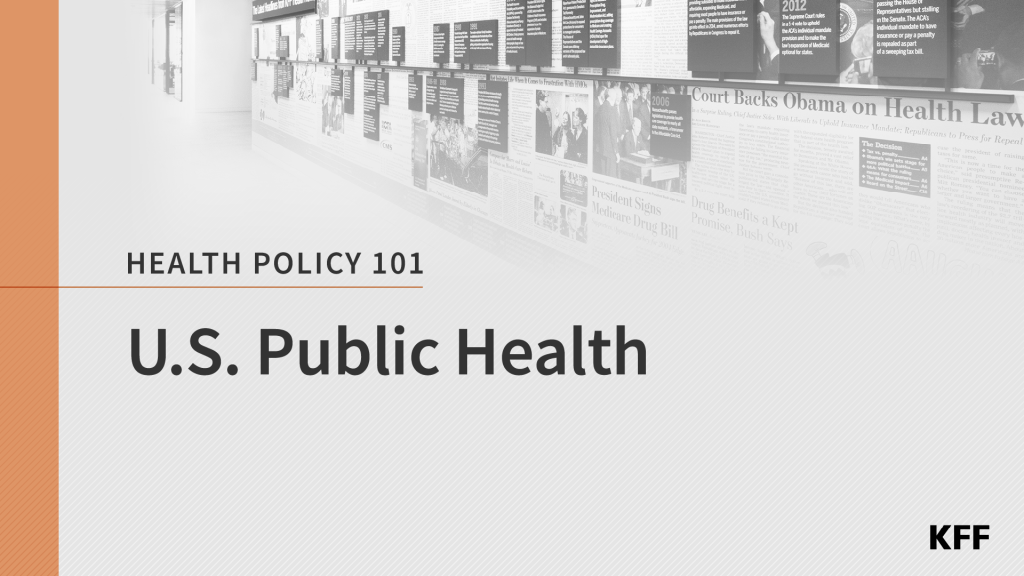KFF COVID-19 Vaccine Monitor: January 2021
This KFF COVID-19 Vaccine Monitor report shows nearly half of the public now wants to get a vaccine as soon as possible, reflecting a rise in enthusiasm across racial and ethnic groups since December. It also examines information needs, worries about the vaccine, effective messages and views of vaccine distribution.
